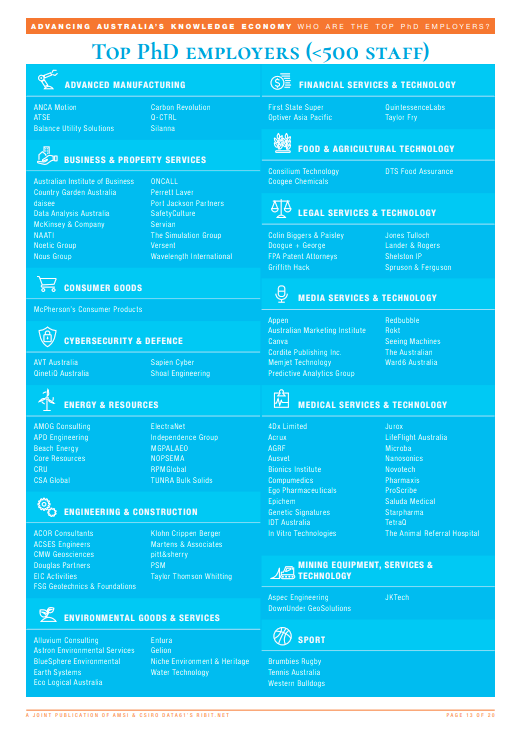China has now completed one of the largest airports ever conceived – the USD $12BN Daxing International in Beijing.
Blog博客
Building the future with ‘plyscrapers’
Recent innovations in engineered timber have laid the foundations for the world’s first wooden skyscrapers to appear within a decade, a feat that is not only achievable—according to the Centre for Natural Material Innovation—but one they hope will beckon in an era of sustainable wooden cities, helping reverse historic emissions from the construction industry.
The research team based at the Faculty of Architecture, is interdisciplinary, composed of architects, biochemists, chemists, mathematicians and engineers, who specialise in plant-based material, including cross-laminated timber, arguably the first major structural innovation since the advent of reinforced concrete, 150 years ago.
M4 Tunnels officially open
Bladeless wind energy
These turbines offer a unique design alternative to harnessing wind energy.
Smart Slab
This spray makes objects indestructible
It’s polyurea protective coating by Duayen. It’s designed for pipe protection, roof repair and more. Spray it on an object and it’s protected from impact and extreme heat.
ACSES Engineers recognised as a leading PhD employer

Meet the WasteShark
The WasteShark is designed after one of nature’s most efficient harvesters of marine biomass, the Whale Shark. It is designed to swim through water and eat its prey with minimum effort and maximum efficiency.
It is designed for round-the-clock waste collection. It also scans and monitors the environment, sending data back to central command.
- Purpose: 16 hours a day waste collection; data collection & transmit
- Waste type: plastics, micro-plastics, alien vegetation (e.g. duckweed), floating debris
- Territory: trafficked water; confined space; tight angles
- Steering control: remote controller or plotted
- Thrust: 5.1 kgf (forward) and 4.1 kgf (reverse) @ 16V
- Weight: 39 kg unladen
- Dimension: 1556 mm long x 1078 mm wide x 450 mm deep
- Carrying capacity: 200 litres
- Environmental Sensors: Depth, temperature, water quality
- Data recording: Time, location and journeys
Dubai to 3D print a quarter of its future buildings
Dubai has taken a step further along the road to making such dreams a reality by announcing that 25% of the city-state’s new buildings will be made using 3D printers by 2025.
The move is part of an ambitious 3D-printing strategy announced in 2016 by Sheikh Mohammed bin Rashid Al Maktoum, vice-president and prime minister of the United Arab Emirates and the ruler of Dubai.
The 3D-printing strategy aims to reduce labour by 70% and cut costs by 90% across different sectors, according to the Dubai Future Foundation.
Perhaps more crucially, 3D-printing construction has the potential to help solve a looming homelessness crisis as more people gravitate to living in cities: the UN predicts that by 2030, the world will have 41 mega-cities with more than 10 million inhabitants.
How close are we to a self-driving world?
Self-driving cars could revolutionize the way we travel, giving us more time to work, play, learn, and relax on the road. But when it comes to making them a reality, cutting-edge technology is only the tip of the iceberg. So, how close are we ditching driving?
